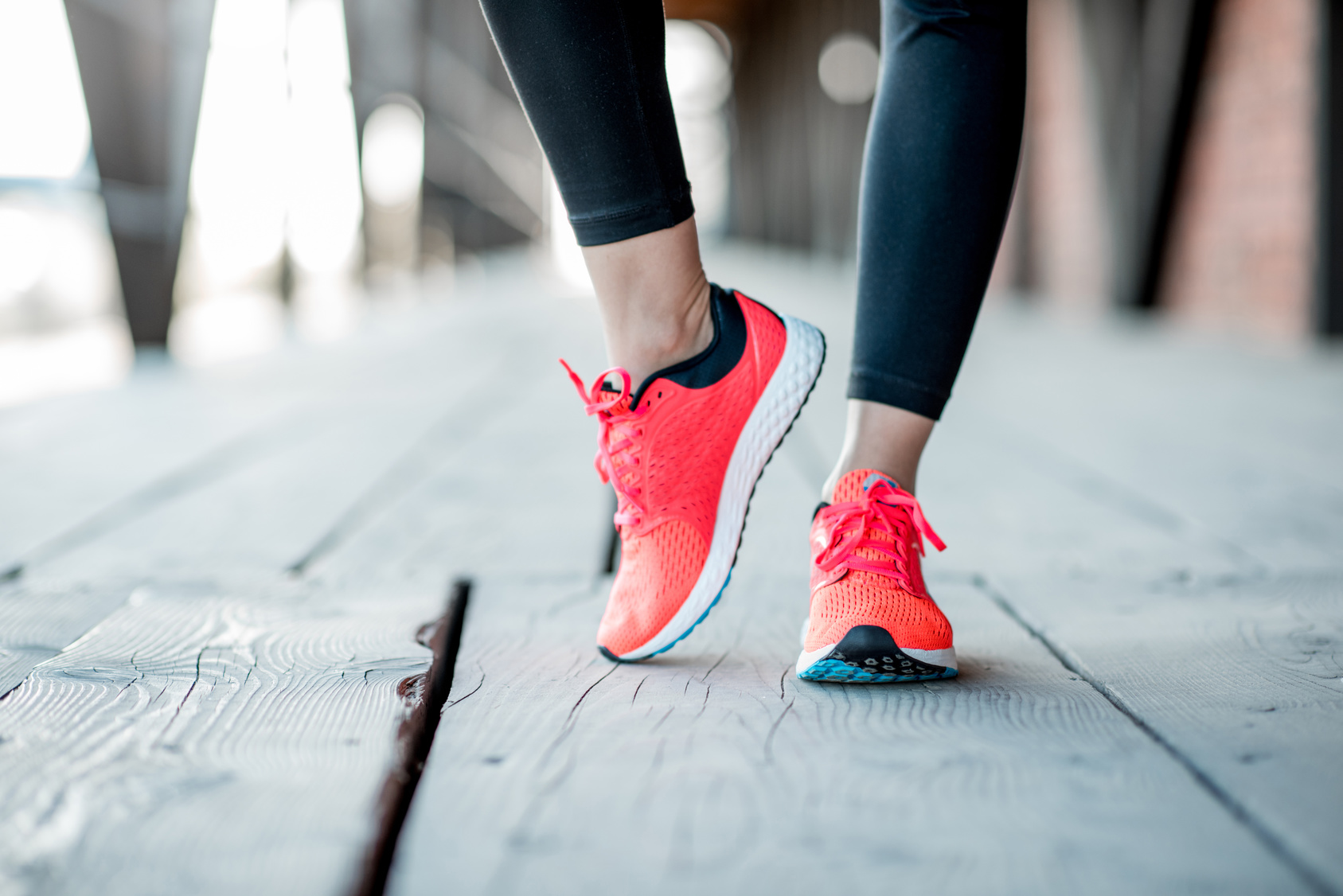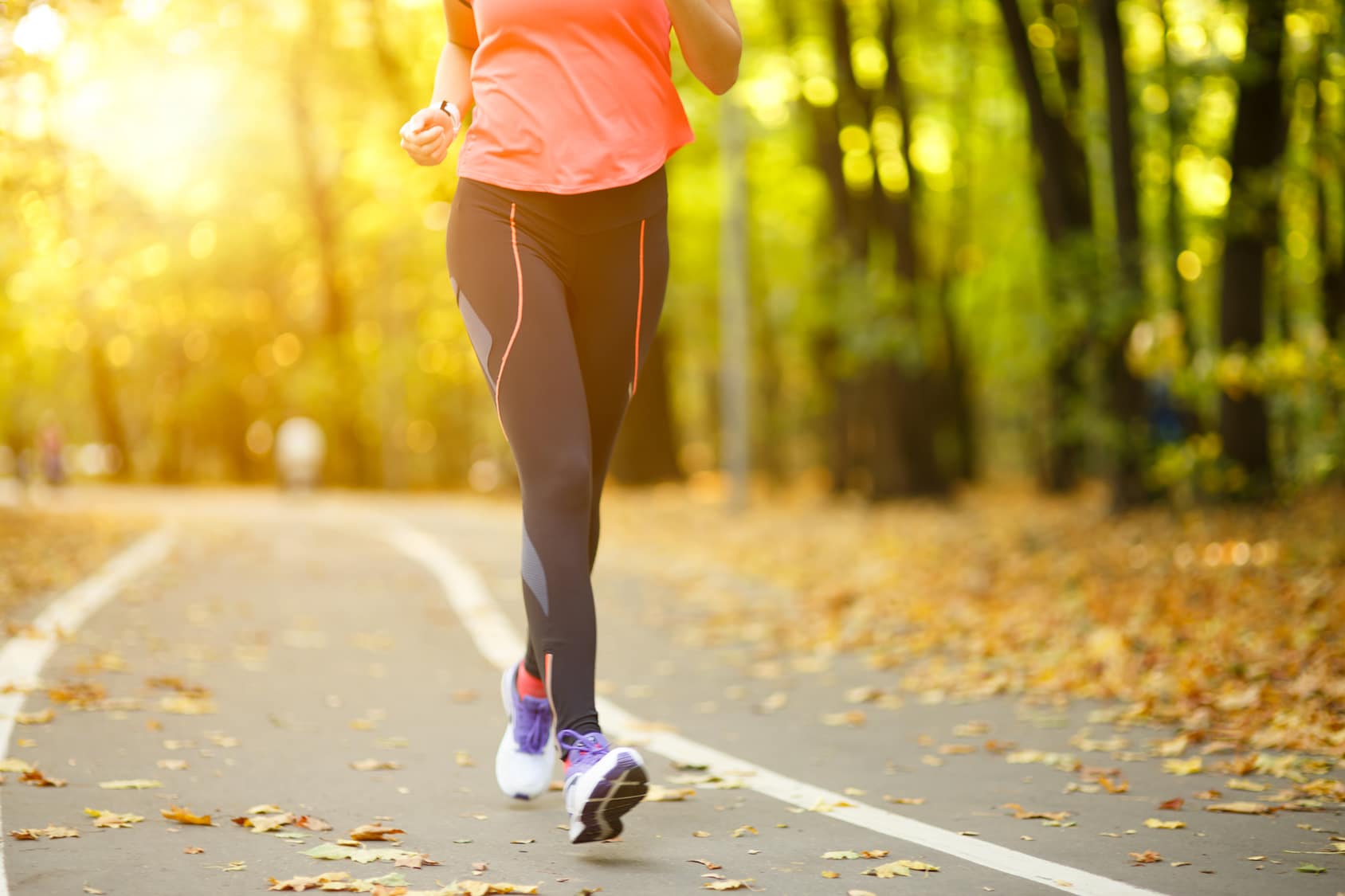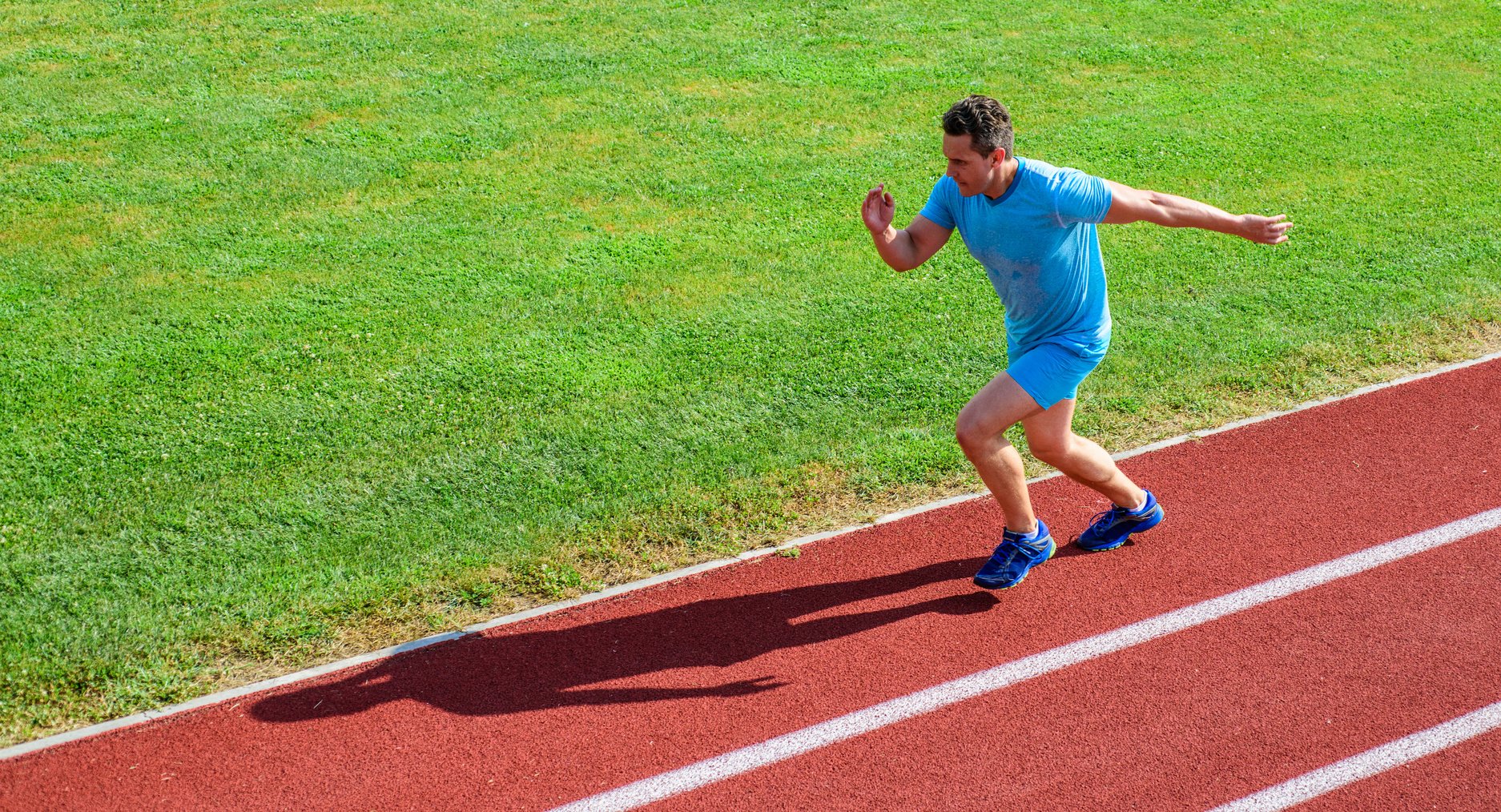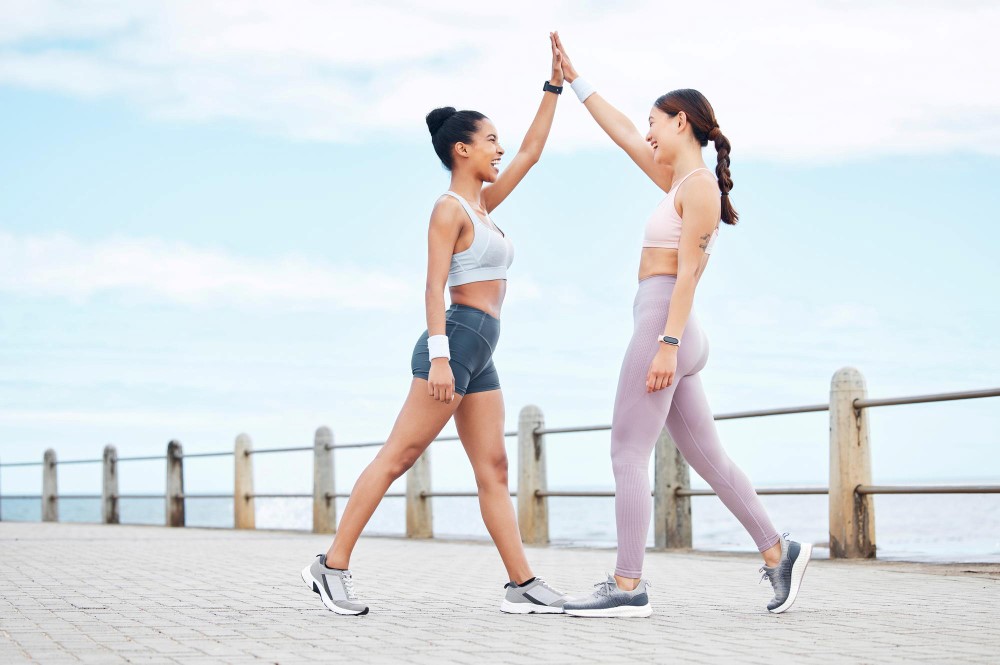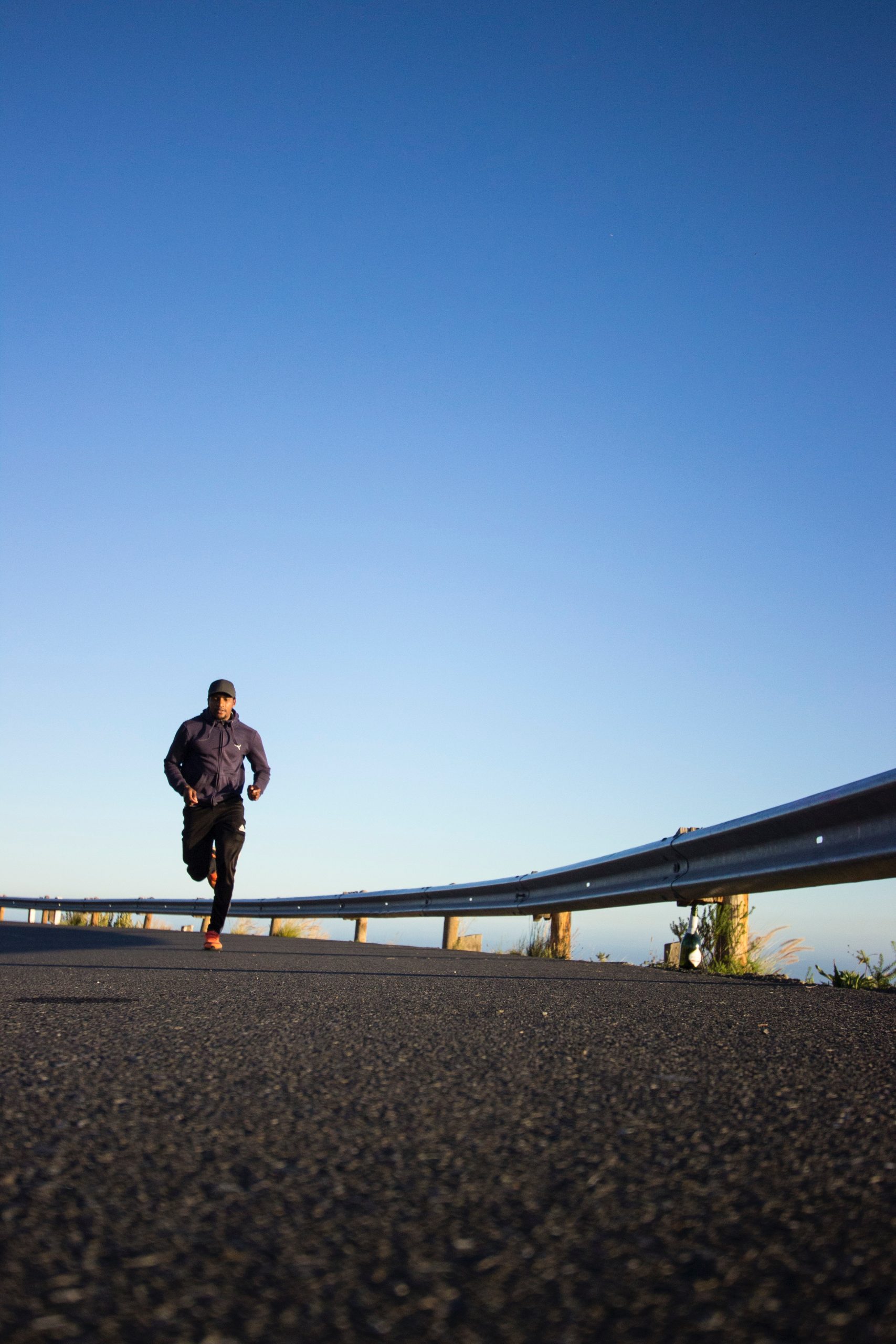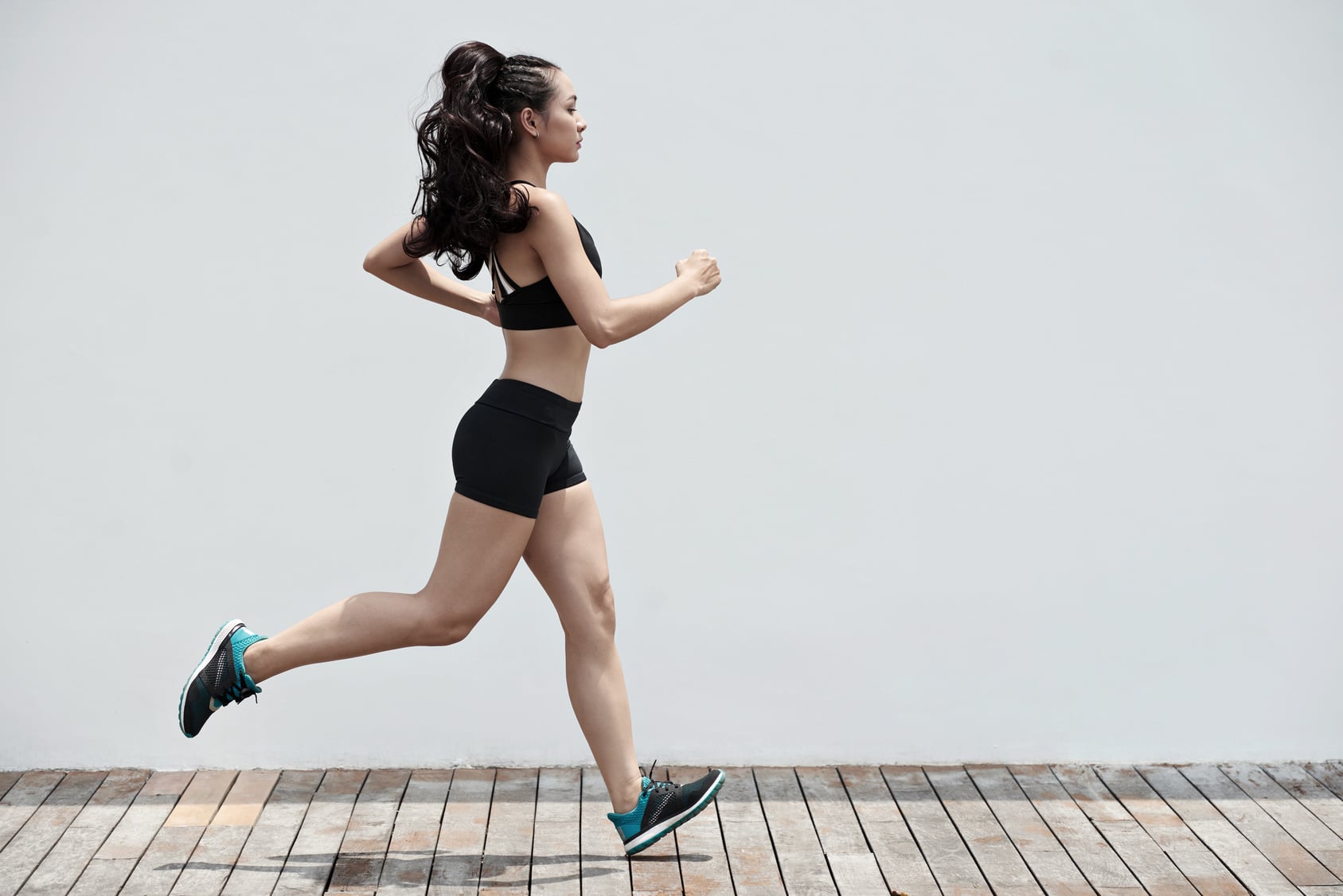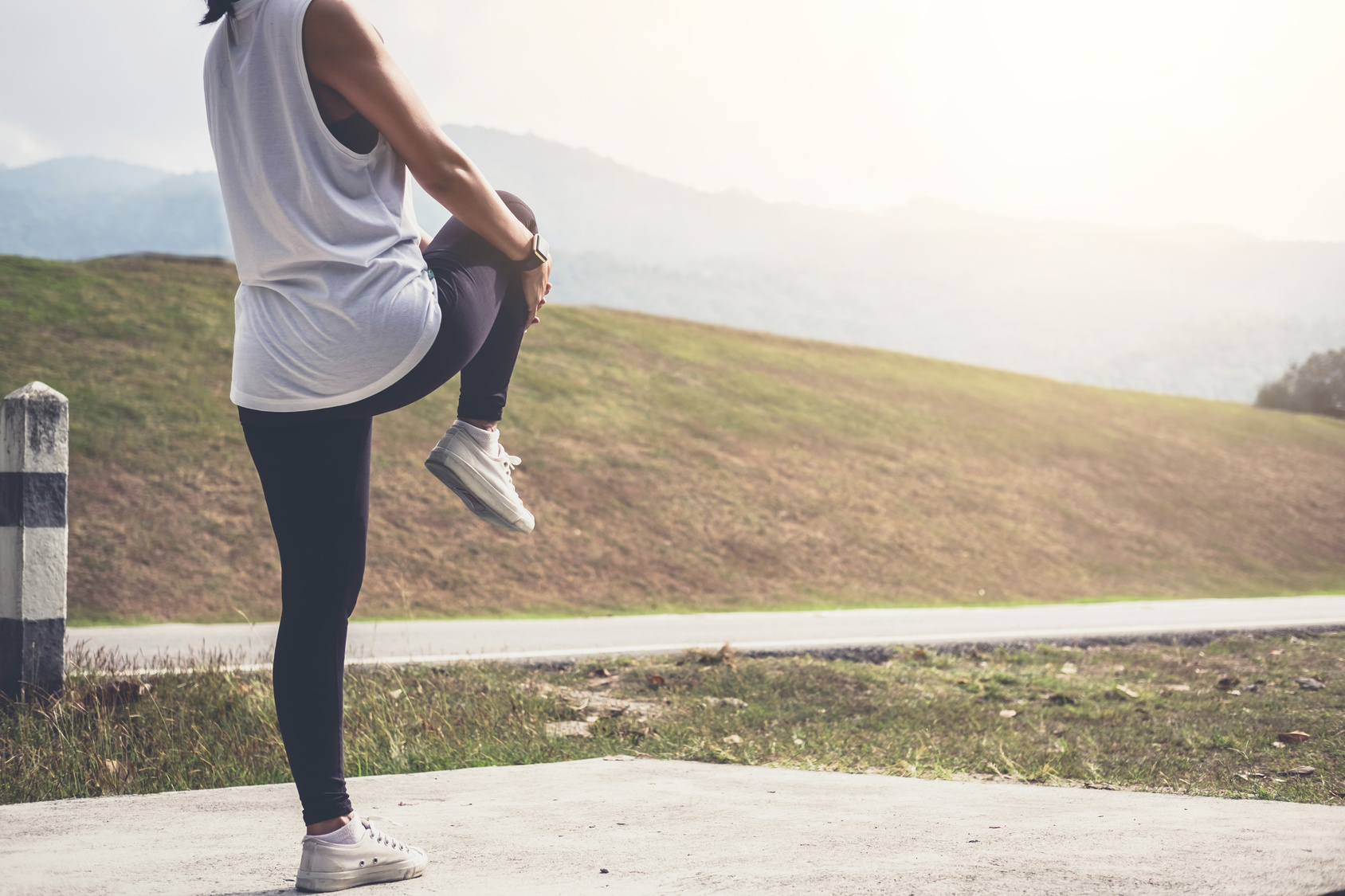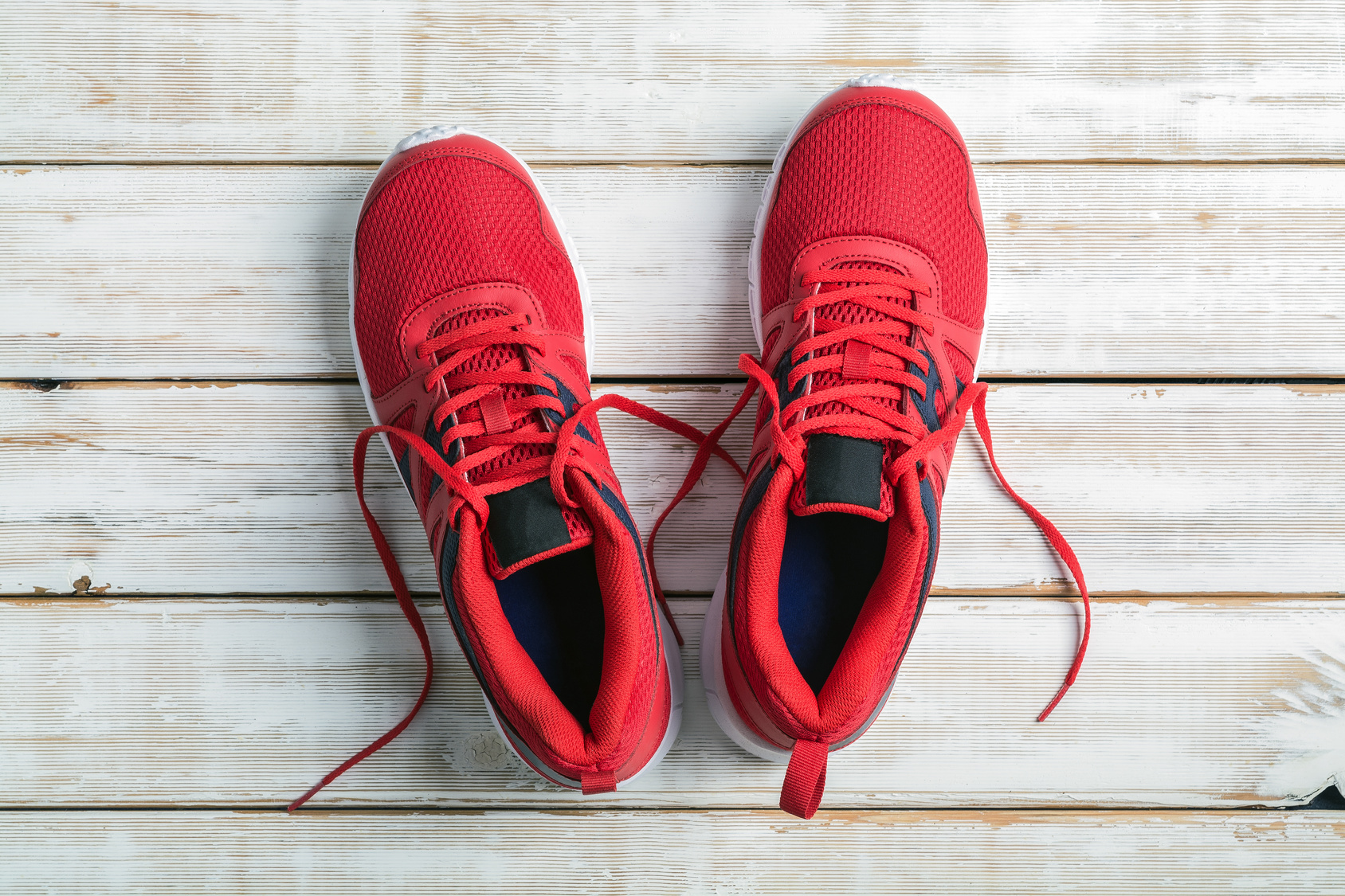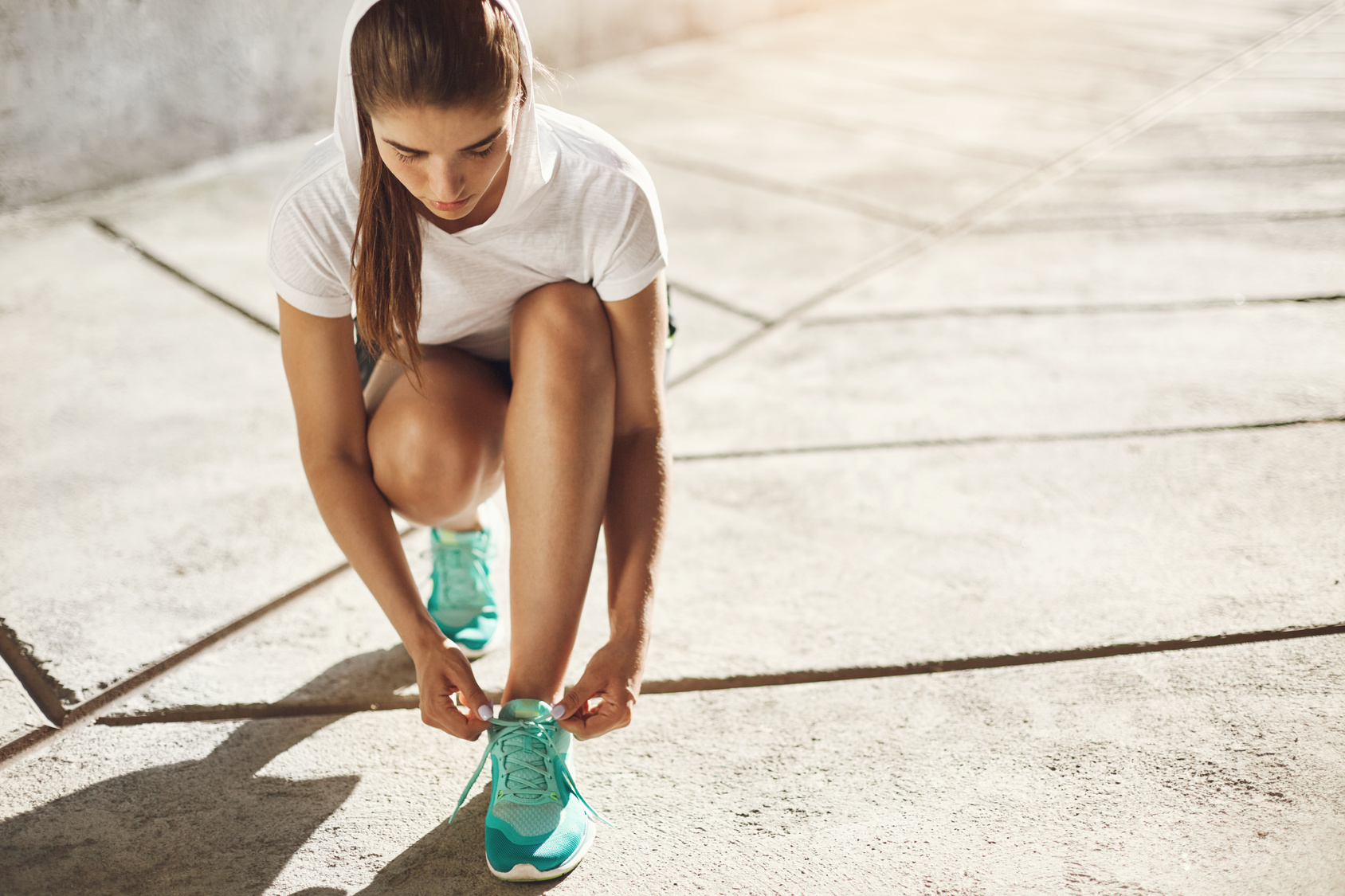Looking to prevent and relieve foot pain from running?
Then know that taking care of your running feet is the right thing to do.
Your feet are a key running ally. They endure forces up to three to five times your body weight while running. They also propel you forward. For these reasons—and some more—it’s unsurprising that foot pain plagues many a runner.
That’s not the whole story. The human foot is a complex structure of bones, muscles, joints, ligaments, and fascia. As you can tell, this makes it tricky to figure out the exact culprit behind foot pain. And in some cases, there are more than one culprit.
In today’s post, I’ll share the full guide to treating and preventing foot pain from running.
More specifically, I’ll look into the following;
- The common causes of foot pain in runners
- The factors that impact foot pain in runners
- Why does my foot hurt after I run
- Risk factors for foot pain runners
- Treating foot pain from running
- Preventing foot pain after running
- And so much more.
The Foot Anatomy
Your foot is one of the most intricate structures in your body. It is a complex arrangement of 26 bones, 33 joints, and more than a hundred muscles, ligaments, and tends that work in tandem to support your weight, absorbs shock forces, and propel your body forward while walking and running.
And foot injuries can range from the most annoying issues, such as bruised toenails and blisters, to more serious foot conditions in runners, such as stress fractures and Achilles tendonitis. This, as you can tell, can make diagnosing foot pain in runners a bit tricky, given the variety of likely causes.
But as soon as you figure out the culprit behind your foot pain, you can start treating the pain and preventing further damage.
Why Does My Foot Hurt After I Run?
Foot pain is also quite common among runners.
Running and overuse injuries, unfortunately, go hand in hand. Most surveys report that around 40 to 80 percent of runners incur an injury over the cause of one year of training.
Research that looked into the rate of musculoskeletal injuries in runners reported that around 6 to 40 percent of runners experience foot pain from running.
What’s more?
The more experience you have as a runner, the more likely you will come down with foot pain and injury. Studies have suggested that foot injuries often plague more veteran runners than beginner runners, who are often plagued with overuse injuries such as Achilles tendonitis and shin splints.
Get this.
On every foot strike while running, you’re putting three to five of your body weight on your feet, and research reports that runners take around 1,400 steps per mile at an 8-minute mile pace.
That’s a lot of load in one go, so, obviously, foot issues are nagging among runners.
Is It Normal For The Feet To Hurt After Running?
Yes absolutely. Foot pain is a common complaint among both beginner and veteran runners. It’s, in fact, so common that runners may incur foot injuries every year. Most runners would report feeling foot pain during or after going for a run. The pain is often in the arch, heel, side of the foot, bottom, and toes.
Causes of Foot Pain in Runners
Without further ado, here are the most common causes of foot pain in runners.
Plantar Fasciitis
Plantar fasciitis is one of the most common overuse injuries. This condition refers to inflammation and damage to the plantar fascia, which is the fibrous connective tissues that stretch along the foot from the heel bone to the base of the toes.
Plantar fasciitis manifests as pain within the bottom of the foot, anywhere from the arch to the heel. You’re likely feel the pain at its worstin the mornign or just after running.
Causes
Plantar fasciitis strikes when the plantar fascia wears out under stress while running.
Common causes of plantar fasciitis include
- Obesity
- Poor footwear
- Straining caused by overextension or overuse
- Too much running
- Arthritis
Plantar fasciitis symptoms include
- Heel pain
- Arch pain
- Tightness in the foot following long periods of standing or sitting
- A stabbing sensation in the arch of the foot
Metatarsalgia
Metatarsalgia, as the name implies, refers to the irritation of the muscles or tissues surrounding any of the five long bones of the foot—known as metatarsals. This area can become inflamed and irritated after running.
This overuse condition feels like a burning or stabbing pain under the toes or in the ball of the foot. Some runners may also feel tingling or numbness in the toes.
Causes
Common culprits that contribute to metatarsalgia include:
- Too much running
- Ill-fitting shoes
- Weak or tight foot muscles
- Foot anatomy limitations
Fat Pad Syndrome
Although the condition is often mistaken for plantar fasciitis, fat pad syndrome manifests as pain that centers exclusively around the middle of the heel. The fat pad functions as a cushion to the heel and helps absorb some of the impacts of walking, running, and jumping.
This condition can develop from overuse or strain while running. Common culprits behind fat pad syndrome include:
- Inflammation of the fat pad
- Bad running gait and form
- Running often on hard surfaces
- Plantar fasciitis
Symptoms
Common symptoms of fat pads include
- Pain in the ball of the foot
- Stinging pain in the arch of the foot
- Tingling or numbness in the toes
- Pain when flexing the foot
- Difficulty weight bearing after running long distances
Posterior Compartment
Posterior compartment syndrome is when pressure builds within the muscle compartments. This, in turn, hinders blood flow to the muscles and stops oxygen from reaching the cells and nerves, which can cause damage.
Causes
The pressure from these conditions can be blamed on swelling or bleeding, which can lead to nerve and cell damage if not left ignored. This injury can be either acute or chronic.
Acute posterior compartment syndrome is a serious injury that usually occurs after a severe injury. Seek medical help immediately if you suspect you have acute posterior compartment syndrome.
On the other hand, chronic posterior compartment syndrome doesn’t require immediate medical attention. But it’s usually caused by overuse during running.
Warning signs of posterior compartment syndrome include:
- Pain in the tibia (just like shin splints)
- Pain in the calf
- Bumps or lumps inside the shin
- Feeling of pressure or tightness in the calf
- Numbness in the foot while running
- Tenderness within the shin.
Tibialis Posterior Tendinopathy
If you feel pain most around your instep or inner heel and arch, you might be dealing with tibialis posterior tendinopathy. The tibialis posterior is a crucial muscle that supports the arch and prevents the foot from rolling and collapsing while running.
You might also feel pain along your inner ankle.
Causes
Common culprits that contribute to the injury include;
- Worn-out running shoes
- Excessive downhill running
- Overpronation
- Weak or imbalanced lower leg muscles
Stress Fractures
Stress fractures are some of the most serious running-related overuse injuries. The condition refers to small cracks within a bone or deep bruising of a bone.
More specifically, the most common stress fractures that plague the feet are metatarsal stress fractures. This serious condition causes serious pain in the top of the foot.
Stress fractures occur when the muscles in the foot become fatigued because of overuse or overload, which puts stress on the bone and, eventually, causes a small crack or bruise within the bone.
Though runners are prone to metatarsal stress fractures in any five long bones, the second, third, and fourth metatarsals are the most prone.
The main symptoms of a metatarsal stress fracture are tenderness and pain along the top of the foot that starts as mild nagging pain. This is often only felt during training to excruciating pain that long the top of the foot that refuses to fade away.
You might notice visible swelling and likely discoloration or bruise in the affected area.
Other culprits behind stress fractures include
- Overuse
- Sudden increases in mileage
- Low vitamin D
- Insufficient bone density and strength
- Bad running technique

How To Prevent & Soothe Foot Pain From Running
Now that you know a little more about the cause of foot pain in runners, let’s dive into how to prevent it.
Run in the Right Shoes
The first step toward happy and healthy runners’ feet is to run in the proper pair of shoes.
Improper shoes can also result in serious injuries like calluses, ankle sprain, knee injuries, and other serious troubles.
In fact, according to research, an improper running shoe is one of the leading causes of running injuries among runners of all levels and training backgrounds.
So get the right shoes, or it’s no deal.
When looking for a new pair, seek the help of a podiatrist.
A few running stores have these shoe-fitting experts on duty, so use them to your advantage.
Just keep in mind that every runner is different.
Some require more support, and others offer less cushioning, so you must find the right pair.
Opt For the Right Socks
Picking the right shoes is just the beginning of the story.
You will also need to run in the proper socks.
An ill-fitting and/or indecent pair of socks is one of the leading root causes of foot pain from running, such as blisters.
The best socks for running are lightweight and made from water-resistant materials that wick away moisture and are breathable so you can prevent the undue friction that usually leads to blisters.
The good news is that socks are cheaper than shoes. This makes trying out various sock brands and sizes possible until you find the ideal pair. Remember that you will have to test out the socks with your running shoes.
I think Wright socks are some of the best brands today.
Soften your Skin
The skin on our feet tends to be thick, bumpy, and dry. In runners, the dry skin can lead to heel fissures, where the dry skin cracks and bleeds, which is baaaad!!
What’s more?
The repetitive impact of running can exacerbate the cracks, making them more prone to infection. To avoid this issue, make sure to soften your skin regularly.
Rub the moisturizer into the skin until your feet start feeling supple and soft.
Furthermore, these creams and anti-chaffing sticks can help you prevent blisters—especially during summertime when the feet get sweatier for longer periods.
So if you suffer from blisters regularly, you MUST apply a moisturizer daily.
Do not only apply the cream on the skin but also outside your socks to reduce unnecessary friction—which is the primary cause of blisters.
There are hundreds of lubricants and moisturizers in the market that you can use.
But I recommend using a silicon-based lubricant for the feet as this also helps fend off moisture which is vital for keeping your footsies blister-free and healthy.
Body Glide and Everstride are some of the best brands out there.
I love them, and the foot cream is now something I’m using consistently.
Additional resource – Running shoes for overpronators
Use Ice
Your feet tend to overheat and swell after each run.
One thing you can do to reduce the swelling is to put cold therapy to your advantage.
Therefore, immerse your feet—as long as you don’t have vascular troubles—in a bucket with water and ice for at least 15 minutes after a hard run.
If you can’t tolerate the cold, run cold water from a hose over your feet.
Plus, you can raise your legs and use an ice pack to ease the inflammation.
Apply ice on your feet for no more than 15 to 20 minutes, or you will risk frostbite.
Stop the Fungus
Known as athlete’s foot, this painful infection causes itchy pain, redness, and blisters on the toes and soles of the feet.
And it’s painful.
Here is what to do to keep fungus at bay:
Keep your feet fresh and dry as often as possible.
Why? Fungus finds fertile ground in murky, and by keeping your feet clean, you’re reducing your risks.
But this is easier said than done.
We have about 125,000 sweat glands on each foot (more than anywhere else in the body), and each foot produces about four ounces of sweat daily (roughly an eggcup of moisture). Increase your chance of beating this condition by regularly changing your socks and using antiperspirants on your feet.
Plus, keep your toenails short and clean.
This will not only prevent the fungus but will also lengthen the lifespan of your socks.
If it’s too late and you have athlete’s foot, then treat it with an over-the-counter fungicide, and take as much rest as needed.
Nail and Foot Care
Long nails can get caught in socks and tear the perfect set you bought.
Also, untrimmed nails lead to the sort of strain that can create blood pooling under the nail, and a long untrimmed toe can cut the neighboring toes, leading to pain.
Keep a keen eye on your nails and trim them regularly. Cut the toenails straight across, and then use a file to smooth out the edges of the nails.
Work your Toes
The foot region is, like your glutes, core, and chest muscles, another “muscle group” that needs strength training.
A lot of running injuries can be linked to weak feet. Weakness in the muscles of the feet results in the limited ability of the foot to move into its correct running position. This, over time, contributes to foot pain during and after running.
In other words, you will have less stability in your running gait, which can hinder performance and lead to injury.
Kick your foot strength up a notch by doing these five excellent exercises. Aim for at least 20 repetitions of each exercise, repeating the exercises for two to three sets a couple of times a week.
Toe Raises
Towel Pulls
Walking on the toes
Foot Circles and Points with Therabands (or a resistance band)
Stretching the Toe Flexors
Massage Your Foot Pain
Massaging your feet provides instant relief and may also prevent pain down the road.
So how do you go about it?
Simple. Do a bit of self-massage with a tennis ball.
A tennis or a racquetball are some of the best self-massage tools to stretch out those muscles and release any built-up tension and discomfort in your feet, especially in the soles.
This simple massage can reduce the risks of developing running injuries like Plantar Fasciitis, and what the hell; it does feel good to release the discomfort—especially after a long hard run.
Here is how.
While standing or sitting, put the ball under the arch of your foot, then roll it along your arch and apply pressure to any part of your foot, calling for more attention.
Find the hot spot—where it hurts the most—and slowly roll the discomfort away.
It’s that simple.
https://YouTube/bV9E0V0ZeXg
When To See A Doctor
You should consult a doctor immediately if the pain is too much to manage. This is especially the case if you have severe swelling.
You should also make an emergency visit if you notice any evidence of infection, including redness. The inability to bear weight on foot is another red flag.
How to Relieve Foot pain From Running – The Conclusion
There you have it. If you’re looking for a practical guide on how to treat and prevent foot pain in runners, then today’s post has you covered. The rest is just details.
Please feel free to leave your comments and questions in the section below.
In the meantime thank you for dropping by.
Keep running strong.
David D.

